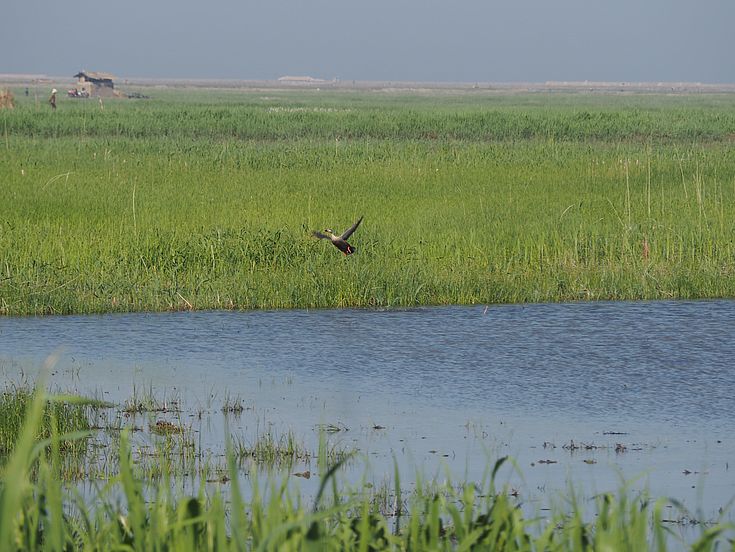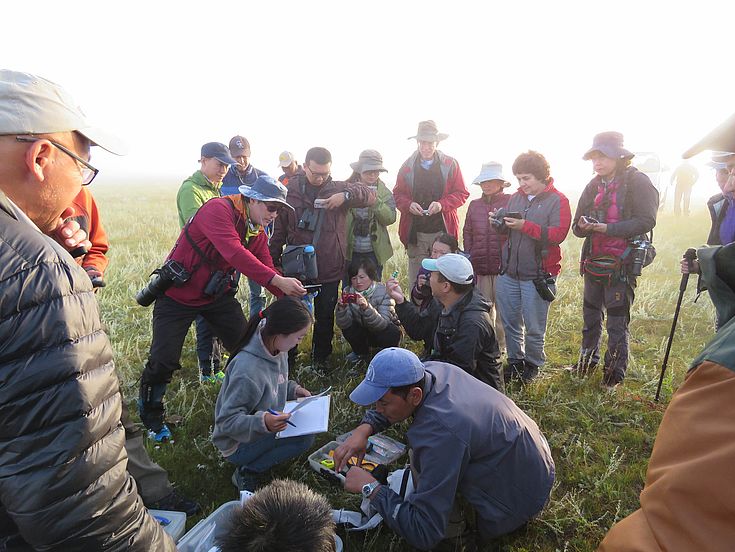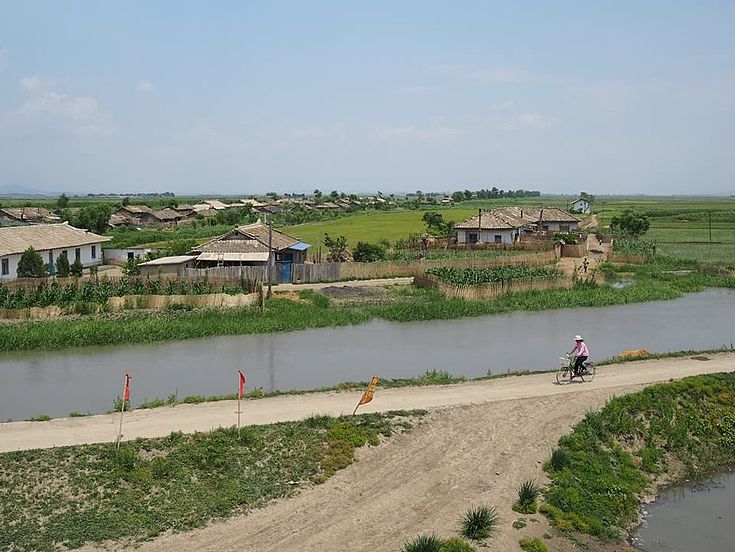Protection of Wetlands in the DPRK
The DPRK becomes a Contracting Party to the Ramsar Convention
Animals and humans benefit from the Wetlands in the DPRK.
The Hanns Seidel Foundation (HSF) Korea has been working for a better protection of wetlands in the DPRK (Democratic People’s Republic of Korea, or North Korea) for many years. This work is bearing fruit now with the accession of the DPRK to the Ramsar Convention on Wetlands of International Importance especially as Waterfowl Habitat ("Ramsar Convention") as the 170th contracting party.
In particular, the role of two crucial wetlands, one of which has been the focus of the work of HSF in the DPRK (together with our partner organization Birds Korea) for a long time, namely Rason Migratory Bird Reserve, will be certified. Rason (on the Northeastern tip of the Korean Peninsula) and Mundok (a tidal flat area at the Yellow sea / West Sea) will be the first so-called "Ramsar Sites" (Wetlands of International Importance) in the DPRK.
Workshop in Mongolia.
HSF has been supporting the DPRK in achieving its goal to conserve wetlands through various activities. An important aspect was awareness raising about the importance of wetlands in the DPRK, especially among representatives of all DPRK ministries, research institutes, and site managers with relevance to the protection of wetlands. Therefore, the HSF organized workshops in the DPRK as well as abroad, and supported the process of translating the “Ramsar Convention on the Conservation of Wetlands” into Korean.
Mundok at the DPRK's west coast.
The Ramsar Convention (named after the city of Ramsar, Iran) is an agreement of 169 countries (as of the year 1971) about the importance of wetlands for environmental conservation and for society. An English-Korean version was published by the Ministry of Land and Environment Protection (MoLEP) in the DPRK in June 2017.
You can find the official article by the Ramsar Secretariat here.



